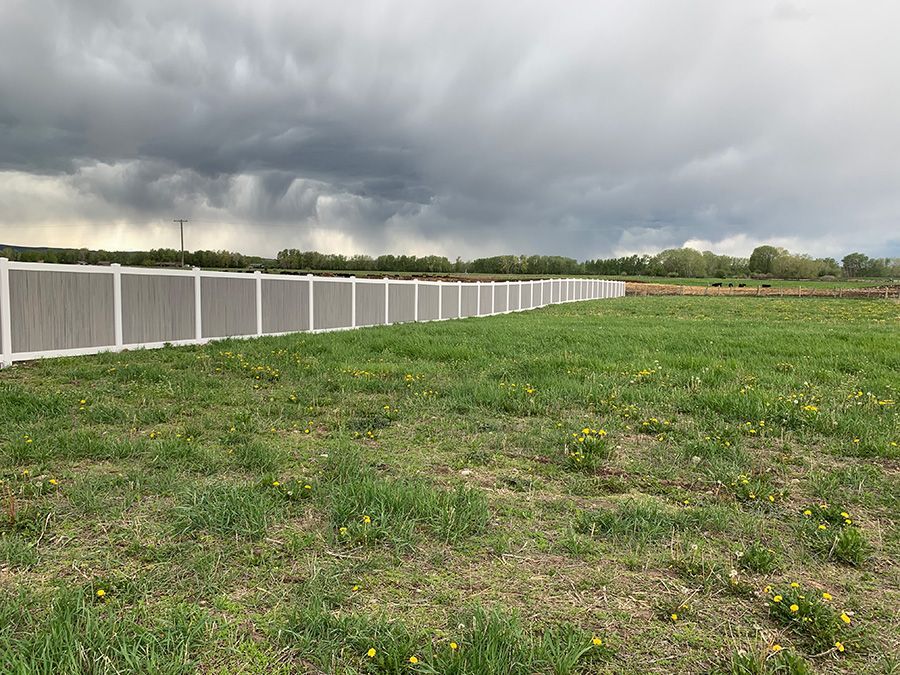Ornamental iron fencing is more than just a practical boundary marker—it's a symbol of beauty, craftsmanship, and history. The history of ornamental iron fences is deeply intertwined with the evolution of architectural and cultural styles, making them a timeless choice for both functionality and elegance. Join us as we dive into the journey of ornamental iron fences, their growth through history, and their lasting impact on modern aesthetics.
Origins of Ornamental Iron Fencing
Ornamental iron fences have roots in ancient Egypt and Rome, where iron and bronze were first used for functional and decorative purposes. Initially, these fences were primarily designed for security, but with advancements in metallurgy, more ornate designs began to emerge.
Major Shifts in Ornamental Iron Fence Designs
By the 17th century, ornamental iron fences began to feature more complex and elaborate designs, particularly in Europe. The 18th-century industrial revolution played a key role in making iron production more widespread, allowing for the creation of intricate designs. Elaborate scrollwork, finials, and decorative patterns became the hallmark of grand estates, palaces, and even city landscapes, propelling ornamental iron into a new era.

Influence of Culture on Designs
With the rise in popularity of iron fencing, designs began reflecting the distinct cultural influences of various regions. In France, for example, baroque-style fences symbolized aristocratic wealth and elegance. In the U.S., by the 19th century, iron fences were symbols of status, with wealthy individuals using them to flaunt their prosperity. The influence of culture led to an array of unique designs based on local preferences and materials.
Modern Adaptations of Traditional Styles
In the present day, ornamental iron fencing has evolved to align with modern aesthetics, incorporating new materials and technologies alongside traditional styles. While the classic, ornate designs remain popular, there's a growing trend toward minimalist, contemporary adaptations that suit both residential and commercial applications, balancing elegance with durability. Today's designs continue to honor the rich history of ornamental iron fences, yet adapt to modern tastes and preferences.
Final Thoughts
The history of ornamental iron fences spans centuries, transforming from simple security features to beautiful works of art. Whether you’re considering ornamental iron fencing for your property or simply admire its craftsmanship, the rich legacy and modern adaptations of these fences make them an exceptional and timeless option.
What style of ornamental iron fencing do you prefer for your home or business? Let us know in the comments below!
#OrnamentalIronFencing #HistoryOfFencing #IronFences #FenceDesign #Metalwork #DecorativeIron #FencingHistory #ModernDesign #CulturalDesign